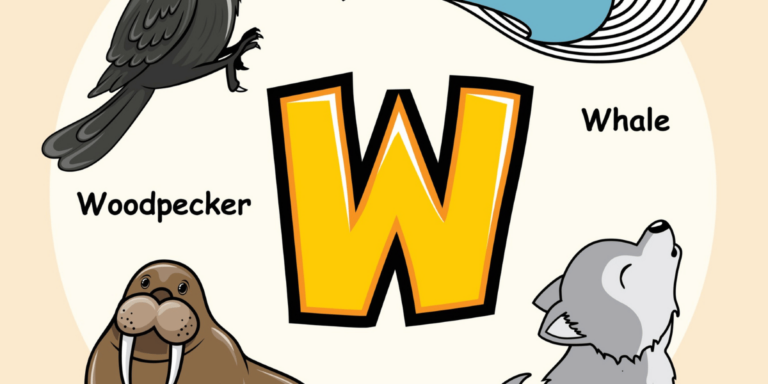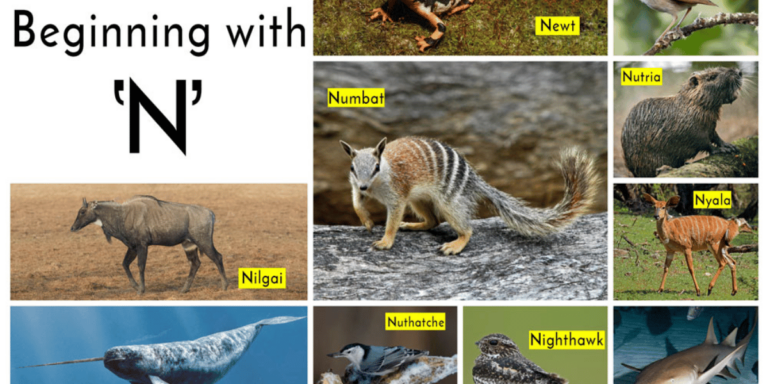American Animals: List of Common Animals that Live in the America

Which animals call America home? The United States boasts an extensive roster of native fauna, ranging from glass lizards to raccoons. Ecologists estimate that there are almost 3,000 indigenous animal species native to the United States, solidifying its status as one of the world’s top 20 megadiverse countries. The nation is the habitat for more than 1,100 fish species, 350 amphibians, 300 reptiles, 800 distinct bird varieties, and over 400 recognized mammal species.
American Animals
List of American Animals
- American Badger
- American Beaver
- American Bison
- American Black Bear
- American Marten
- Bailey’s Pocket Mouse
- Bearded Seal
- Belding’s Ground Squirrel
- Beluga
- Big Brown Bat
- Bighorn Sheep
- Black-footed Ferret
- Cacomistle
- Cactus Mouse
- California Ground Squirrel
- California Leaf-nosed Bat
- California Myotis
- California Sea Lion
- Cotton Mouse
- Coyote
- Dall’s Sheep
- Deer Mouse
- Desert Cottontail
- Douglas’ Squirrel
- Eastern Chipmunk
- Eastern Cottontail
- Eastern Fox Squirrel
- Eastern Gray Squirrel
- Eastern Harvest Mouse
- Eastern Spotted Skunk
- Ermine
- Evening Bat
- False Killer Whale
- Fin Whale
- Fisher
- Franklin’s Ground Squirrel
- Fraser’s Dolphin
- Giant Kangaroo Rat
- Golden-mantled Ground Squirrel
- Gray Wolf
- Harbor Porpoise
- Harbor Seal
- Harris’s Antelope Squirrel
- Hispid Cotton Rat
- Hoary Bat
- Hoary Marmot
- Hooded Seal
- Idaho Ground Squirrel
- Indiana Bat
- Island Gray Fox
- Jaguar
- Jaguarundi
- Killer Whale
- Kit Fox
- Least Chipmunk
- Least Weasel
- Little Brown Bat
- Long-beaked Common Dolphin
- Long-finned Pilot Whale
- Long-tailed Vole
- Long-tailed Weasel
- Margay
- Marsh Rabbit
- Marsh Rice Rat
- Meadow Vole
- Melon-headed Whale
- Mexican Long-tongued Bat
- Mountain Beaver
- Mountain Cottontail
- Mountain Goat
- Mule Deer
- Muskox
- Muskrat
- Narwhal
- New England Cottontail
- Nine-banded Armadillo
- North American Hog-nosed Skunk
- North American Porcupine
- North Atlantic Right Whale
- North Pacific Right Whale
- Ocelot
- Oldfield Mouse
- Olympic Marmot
- Pacific White-sided Dolphin
- Pallid Bat
- Pygmy Shrew
- Pygmy Sperm Whale
- Red Bat
- Red Brocket
- Red Fox
- Red Squirrel
- Red Wolf
- Ribbon Seal
- Ringed Seal
- Rock Squirrel
- Rock Vole
- Rough-toothed Dolphin
- Round-tailed Ground Squirrel
- Sea Otter
- Sei Whale
- Short-beaked Common Dolphin
- Short-finned Pilot Whale
- Silver-haired Bat
- Snowshoe Hare
- Sperm Whale
- Star-nosed Mole
- Steller Sea Lion
- Striped Dolphin
- White-lipped Peccary
- White-nosed Coati
- White-tailed Deer
- White-tailed Jackrabbit
- Woodland Vole
- Yellow-bellied Marmot
American Animals | Facts & Pictures
Elk
Elk are distributed across the North American continent, but the most extensive population resides within Wyoming’s national elk refuge. Here, a Jackson elk herd thrives, boasting a staggering 11,000-plus members. These elk have the freedom to roam across an expansive expanse of grassland, which encompasses the Grand Teton National Park.

Bald Eagle
Renowned as the emblem of American identity, the bald eagle finds its habitat in various locations across the United States, with many of them situated within the extensive network of national Wildlife refuges. Among these refuges, four have been established with the sole purpose of safeguarding the bald eagle, and the most illustrious of them is the James River National Wildlife Refuge.

Bison
Credit for the rescue of the American Bison, often colloquially known as the Buffalo, largely goes to President Theodore Roosevelt. In 1908, when he enacted his conservation act, the bison population had dwindled from tens of millions to a mere few hundred thousand. These magnificent creatures, once abundant across the U.S. prairies, were on the brink of decline.

Polar Bear
The polar bear holds the title of being the planet’s largest terrestrial carnivore. Despite gaining notoriety in recent years, spotting a polar bear remains quite challenging, particularly in today’s changing environment. With the looming threat of climate change, this species is in dire need of assistance.

Moose
The moose was highly prized for its meat, hide, and antlers as far back as the 18th century. At one point, a renowned French ecologist declared that the North American moose species was on the brink of extinction due to the harsh climate. Once more, Teddy Roosevelt stepped in to save the day, establishing numerous refuges that provided a sanctuary for this massive and imposing mammal.

Grizzly Bear
During Lewis and Clark’s historic transcontinental journey, they would have unquestionably come across numerous grizzly bears. At that time, the grizzly bear population was substantially larger compared to today. Presently, the population of grizzly bears on the American continent stands somewhere between 1,000 and 2,000, with the vast majority of them residing in Alaska. These formidable creatures continue to captivate with the mystique and legendary role they played in the American West. The majority of them tend to inhabit a designated corridor nestled between the Mission Mountains and Swan Mountain ranges.






